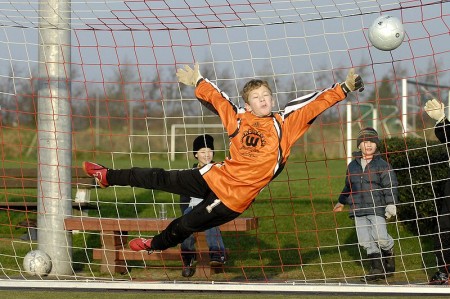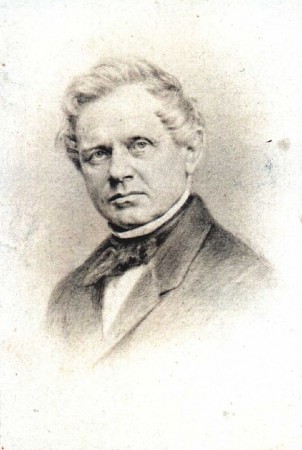
Torsten Bolten, (http://creativecommons.via Wikimedia Commons)
We’re in World Cup Soccer Frenzy mode in my house, and sad as it was to see the U.S. lose to Belgium on Tuesday, it was an incredible game. I am married to a former goalkeeper and have spawned two goalkeepers and a midfielder, so even though I’m not super knowledgeable about the game, I have lots of people around me who can answer my questions.
For instance, there was that unbelievable goal by Jermaine Jones in the game against Portugal. In case you missed it, here’s a video. Sorry about the ad you have to slog through first.
Did you see how the ball curves around and then at the last instant bends in and down and lands in the net? It seems to defy the laws of physics. “That was crazy!” I yelled. “How did he even do that?”
Yes, I have a lot of people around me who can answer my questions, but real sports fans hate being bothered by people like me in the middle of a game. So no one answered me. “It was, like, right out of The Matrix!” I persisted. “How did he—how does that even happen?”
Finally my husband said, “Go ask Rusty.”
So I asked Rusty. He’s a friend of ours who happens to teach physics. And he told me that Jermaine’s kick was not in violation of the laws of physics. On the contrary, he said, it can be explained by something called the Magnus Effect.

Heinrich Gustav Magnus, German chemist and physicist.
The Magnus Effect was discovered by a guy named Gustav Magnus (1802 – 1870), who was investigating why cannonballs tended to swerve in their flight path. When an object spins through the air, various forces are acting on it, besides gravity, which everyone knows about. According to the Magnus Effect, you can predict a parabolic path according to the way the ball is spinning. If it’s going clockwise, there’s a force perpendicular to the spin axis (a top spin) that forces it down. If it’s spinning counterclockwise, the force pushes it up. A tennis player will hit a ball with topspin to get it to curve down. A golfer will strike a ball with backspin, so the force pushing it upwards tends to keep it in the air longer. A pitcher can make a ball curve around a vertical axis, which makes it curve off to the left or to the right (depending on the direction it’s spinning) causing it to swerve away from the batter.
Jermaine’s ball, from what I can tell by watching the video from different angles, seems to be rotating counterclockwise, but more or less on a vertical axis, which is why it acts like a curve ball. At the last instant, it swerves to the left and drops in.
Here’s a video Rusty sent me, which helps explain the physics.